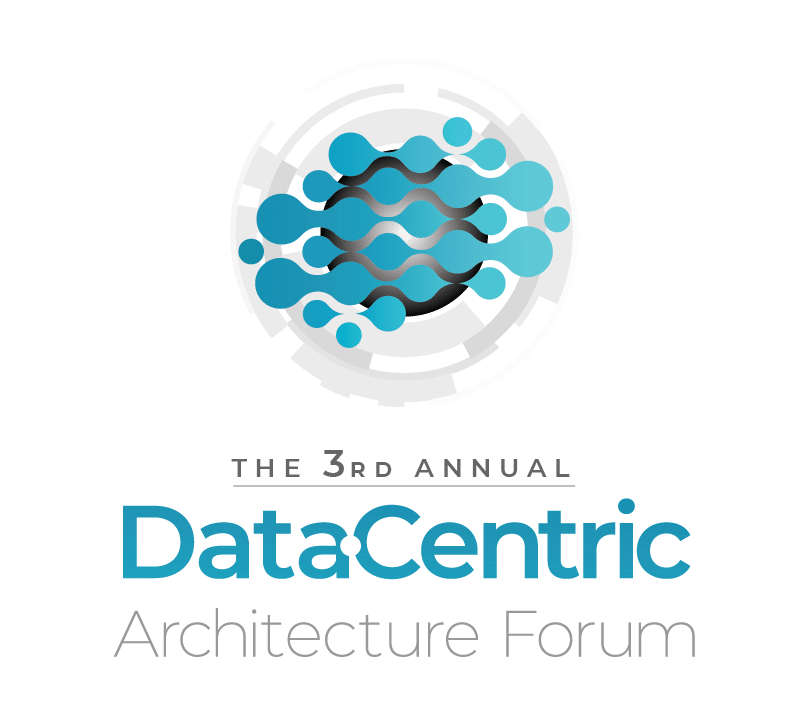Team Building – The Importance of an Ontology
Effective communication is something that many in the C-suite aspire to have in their organization. But what does this really entail in practice? At one level, it is about the high-level aspirations of the organization, the expectations of clients, the hopes of investors, and so on. At another level, deeper into the workings of the enterprise, it is about clear messaging. It is about ensuring that effort is not duplicated because of a misunderstanding. It is about being able to re-use information assets effectively within different lines of business. It is about analyses of data coming to the same conclusion, and that the conclusion cannot be contested because of a failure to use the correct analytical procedure.
There are many good blogs and papers on this topic. They keep cropping up regularly, so the topic clearly has not been solved. One example, https://blog.landscapeprofessionals.org/team-building-the-importance-of-a-shared vocabulary/, could have been in any discipline but concerns landscaping. It clearly expresses the need for a ‘shared vocabulary’ and a ‘standardized terminology’. One sentence really stands out for me: “Having a consistent language when interacting with clients creates a cohesive experience for them no matter who they are speaking to in your organization.” The “cohesive experience” is what it is all about – that warm feeling when you know you’re on the same wavelength as somebody else. From that, they can intuit your next move, show empathy, and so on.
In writing “Is An Upper Ontology Useful?” [https://ceur-ws.org/Vol-3661/10-SHORT PWinstanley-ISKOUK2023.pdf] I specifically called out the utility of an upper ontology as a vocabulary in common – just like the shared vocabulary that is desired among landscape professionals and many others. But is an upper ontology something too technical to bring a cohesive experience to a company like yours? Not really. The process of bringing an ontology into an enterprise is a very social one. People must get together to work out what the types of ‘things’ they have in their business, what words get used across all parts of the business and client base to refer to these ‘things’ in a consistent manner, and how they can be defined in a non-circular way. The experience of building an ontology develops cohesion. Sometimes the development of an ontology exposes pre-existing fracture lines within the sta4. But using an RDF and OWL ontology together with IRIs as identifiers provides a mechanism to handle ambiguity gracefully. Gone are the days when people were in a room until one “winner” succeeded in getting their way. The move from using labels to using namespace-based IRIs as identifiers of the concepts in the development of a shared vocabulary (“strings to things”) gives your organization considerable flexibility to handle variation of expression but show the shared meaning, as well as splitting out the meaning of concepts where the use of labels alone might lead to confusion coming from multiple concepts sharing the same label.
If you want effective communication in your enterprise, and you feel the need for a shared vocabulary, then implement an ontology. Yes, it’s for information integration, and that means something involving computers. But that is not the only aspect of implementing an ontology. The process itself is helpful for team building, and the output is an excellent way to bring that cohesive communication experience to your business and your clients.








